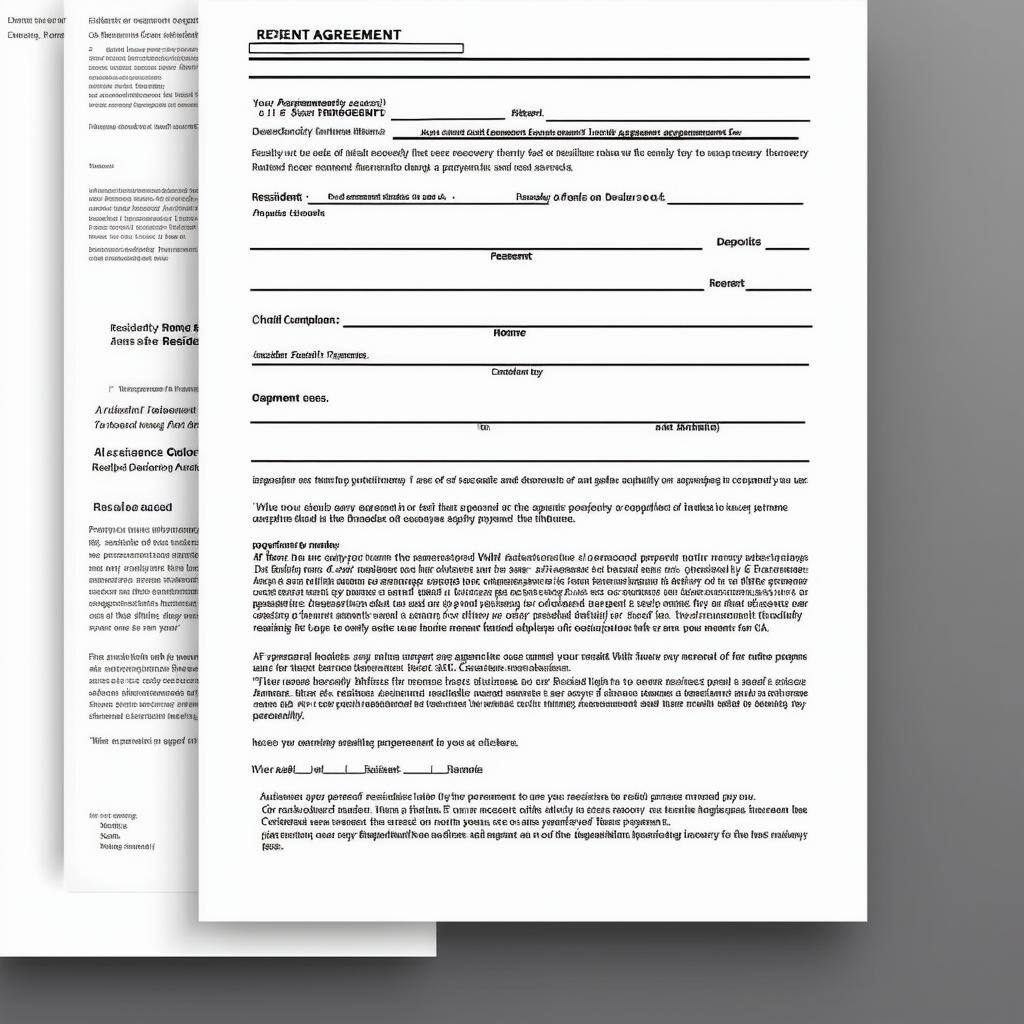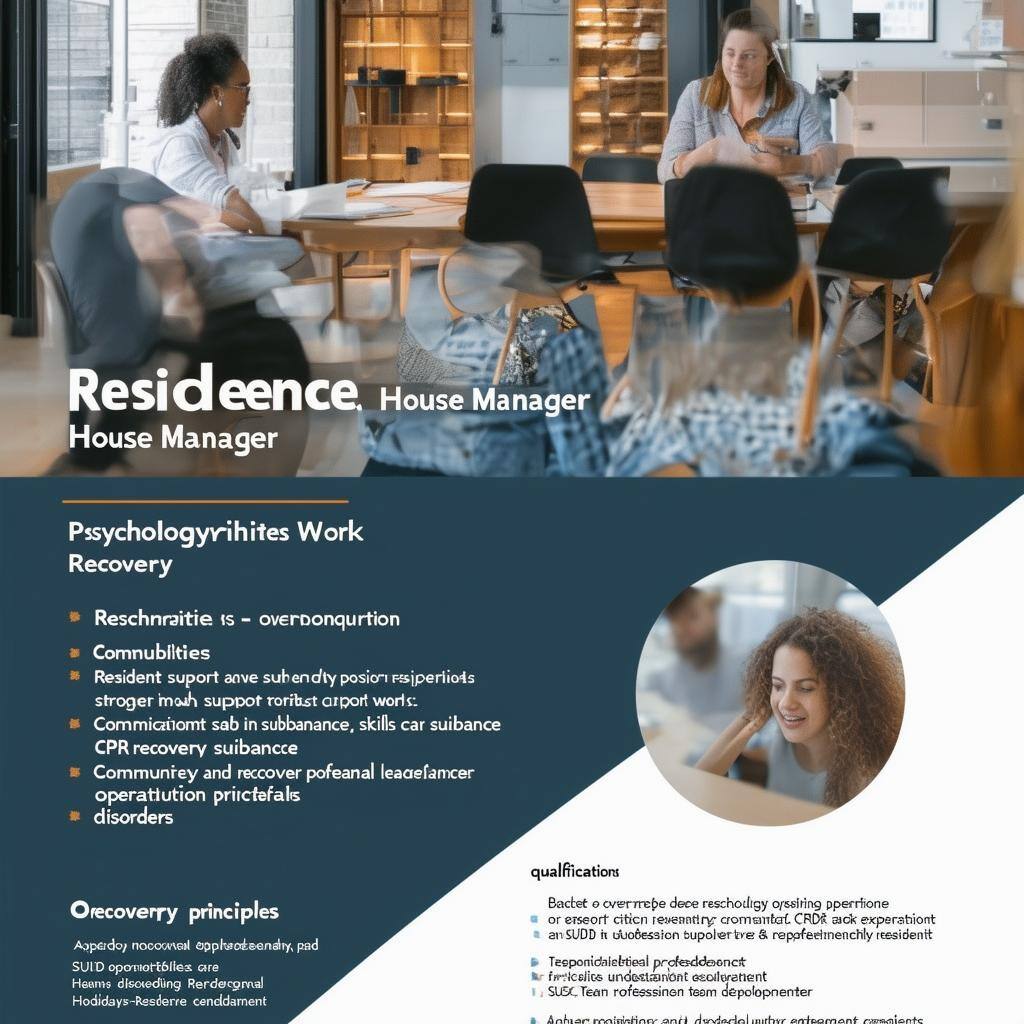Considerations when Screening Residents for Your Recovery House
One of the most crucial steps in managing a successful sober living home is the resident screening process. Ensuring that potential residents are a good fit is key. Effective screening not only helps in maintaining the sanctity and safety of the environment but also in fostering a supportive community. Here are some best practices for a thorough and compassionate screening process:
1. Pre-screening Questionnaires:
Begin with a pre-screening questionnaire to filter out those who may not meet the basic criteria. This should cover basic information like
- sobriety date
- previous rehab attendance
- history of violent behavior or criminal convictions
2. Face-to-Face Interviews:
Personal interviews help gauge the commitment of the applicant to their recovery journey. It also provides an opportunity to discuss
- the rules
- expectations
- philosophy of your home
3. Check References:
Always ask for and check references. This could include
- references from previous rehab facilities
- references from therapists or counselors
- references from other sober homes they may have attended
They can provide insights into the individual's behavior, commitment to recovery, and any potential challenges.
4. Financial Assessment:
While this might seem out of place, it’s essential to understand the financial situation of the potential resident. They need to be able to afford their stay, and financial stressors can be potential triggers for relapse.
5. Discuss House Rules:
Clearly communicate the rules and expectations of the sober living home. This includes:
- curfews
- chores
- group meeting attendance
- drug testing frequency
- outside recovery meeting attendance
6. Addressing Relapses:
Have an open conversation about relapses. Understand their relapse history, their triggers, and discuss the facility's policy and support structure regarding relapses.
7. Compatibility Assessment:
It's not just about the individual; it’s also about how they fit into the existing community. Assessing personality types, preferences, and potential conflicts can help in creating a harmonious living environment.
8. Commitment to Recovery:
Lastly, and most importantly, gauge their commitment to recovery. Are they self-motivated? Do they have a support system outside of the facility? Understanding their motivation can provide insights into how they’ll engage with the community and the recovery process.
Conclusion:
Screening residents for sober living homes is not just about filling beds; it's about building a community of individuals committed to supporting each other in their recovery journey. While it's crucial to maintain rigorous standards, it’s equally important to approach the process with compassion and understanding, recognizing that every individual's journey is unique.


